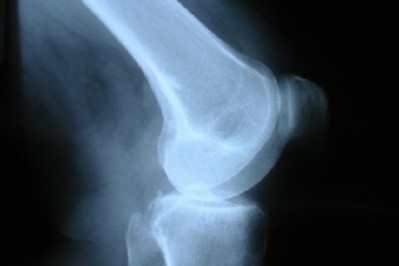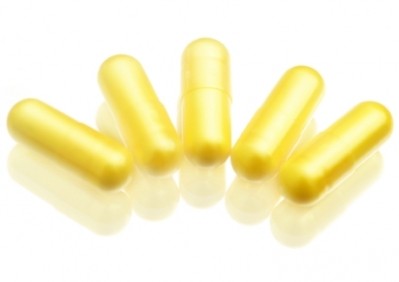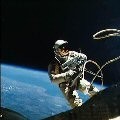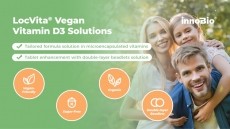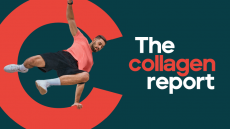Vitamin D plus exercise may boost bone health for astronauts in microgravity
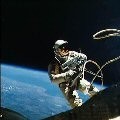
Data published in the Journal of Bone and Mineral Research indicated that the combination of diet and exercise may offer a solution to the problem of bone loss during spaceflight.
"After 51 years of human spaceflight, these data mark the first significant progress in protecting bone through diet and exercise," said Scott Smith, NASA nutritionist at the agency's Johnson Space Center in Houston and lead author of the publication.
The data also supports the recommended intake of vitamin D from supplements for astronauts to maintain bone health, said the researchers. Supplementation with the sunshine vitamin was introduced when data revealed that vitamin D levels fell in space personnel due to inadequate intake and lack of UV light exposure.
Initial recommendations of 400 IU were doubled in 2006 to 800 IU.
“The data reported here document that this level is adequate to maintain vitamin D status in an environment with zero UV light exposure and few food sources of vitamin D,” added Smith and his colleagues.
“Although these data do not constitute a direct evaluation, they provide useful information in support of the 2011 Dietary Reference Intakes of vitamin D.”
Study details
Smith and his colleagues evaluated the mineral density of specific bones as well as the entire skeleton of astronauts who used the Advanced Resistive Exercise Device (ARED), a 2008 addition to the space station that can produce resistance of as much as 600 pounds in microgravity. Resistance exercise allows astronauts to "lift weights" in weightlessness.
In the new study, researchers looked at pre- and post-flight images of bone using X-ray densitometry, and correlated this with blood and urine measurements of chemicals that reflect bone metabolism. In crew members who used the ARED device during spaceflight, bone breakdown still increased, but bone formation also tended to increase, likely resulting in the maintenance of whole bone mineral density.
“Although further work is needed to refine these factors (by developing optimal exercise prescriptions and optimal nutrition), the results provide the first evidence that nutrition and exercise may be able to mitigate bone loss and reduce risk for spaceflight-induced osteoporosis.
“Additionally, the nutrition findings document that some of the assumptions about human spaceflight are not always true. Specifically, energy intake, body mass, and lean body mass can be maintained during flight, and the same is true for vitamin D status.”
Source: Journal of Bone and Mineral Research
Published online ahead of print, doi: 10.1002/jbmr.1647 (p 1896-1906
“Benefits for bone from resistance exercise and nutrition in long‐duration spaceflight: Evidence from biochemistry and densitometry”
Authors: S.M. Smith, M.A. Heer, L.C. Shackelford, J.D. Sibonga, L. Ploutz‐Snyder, S.R. Zwart
